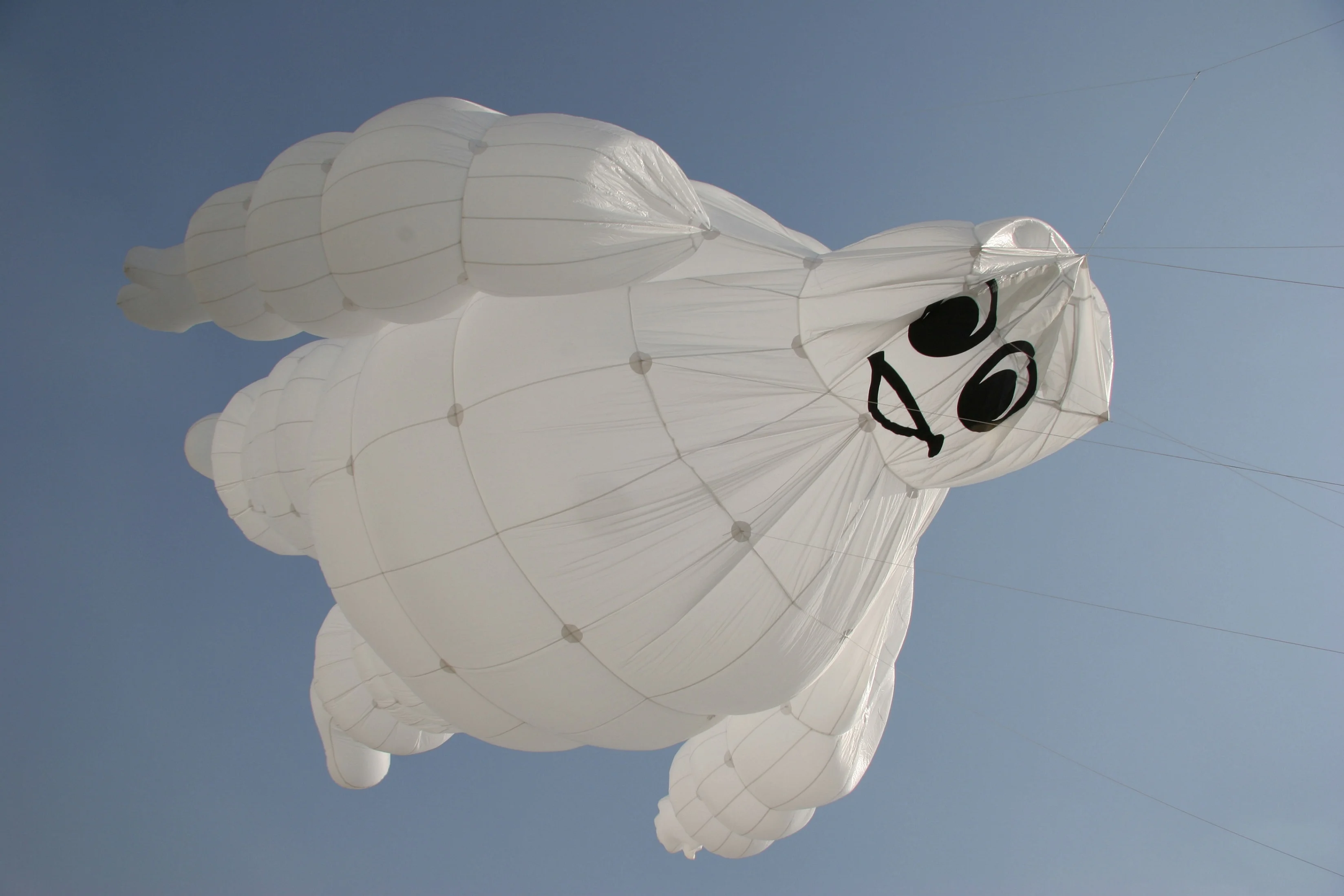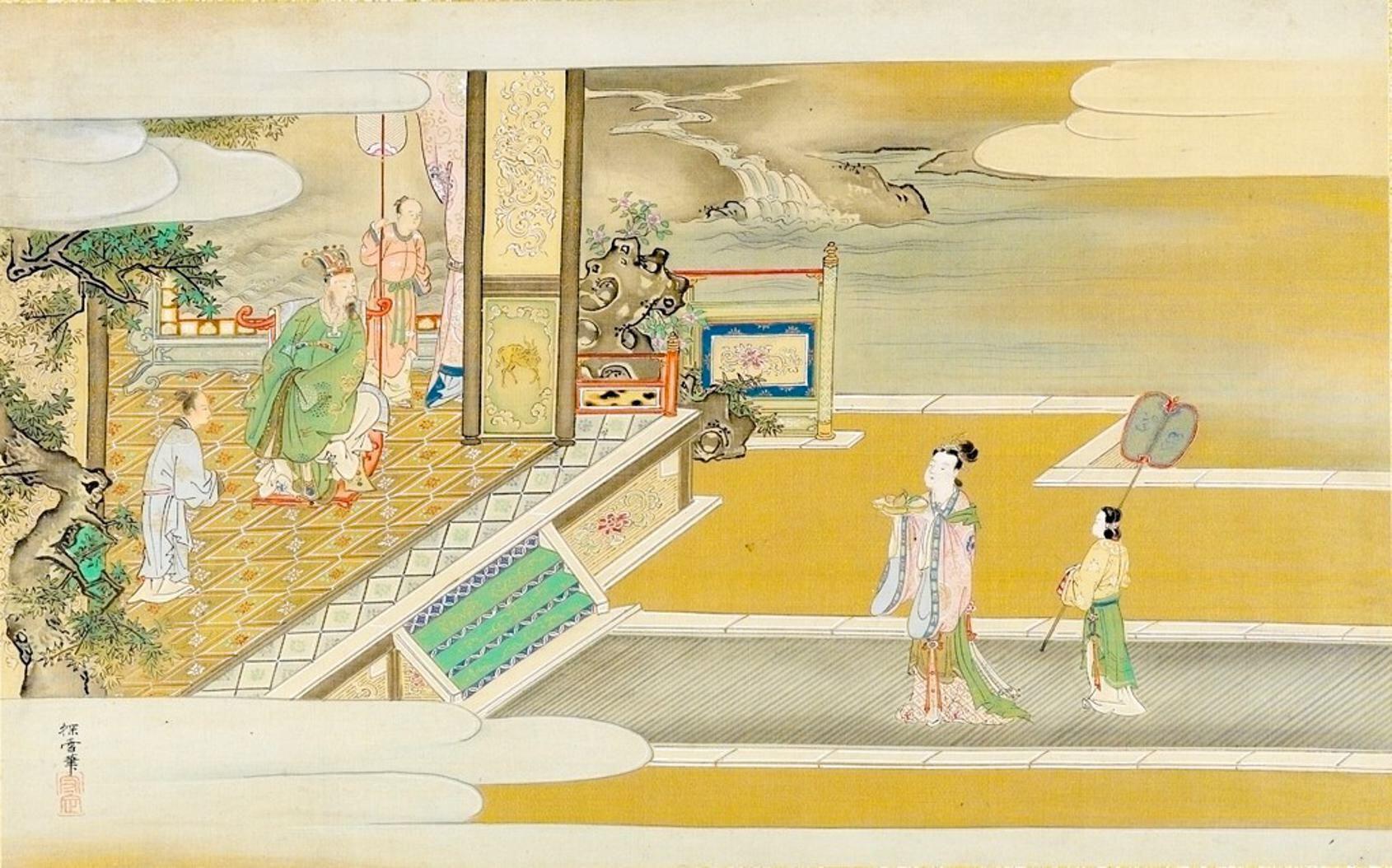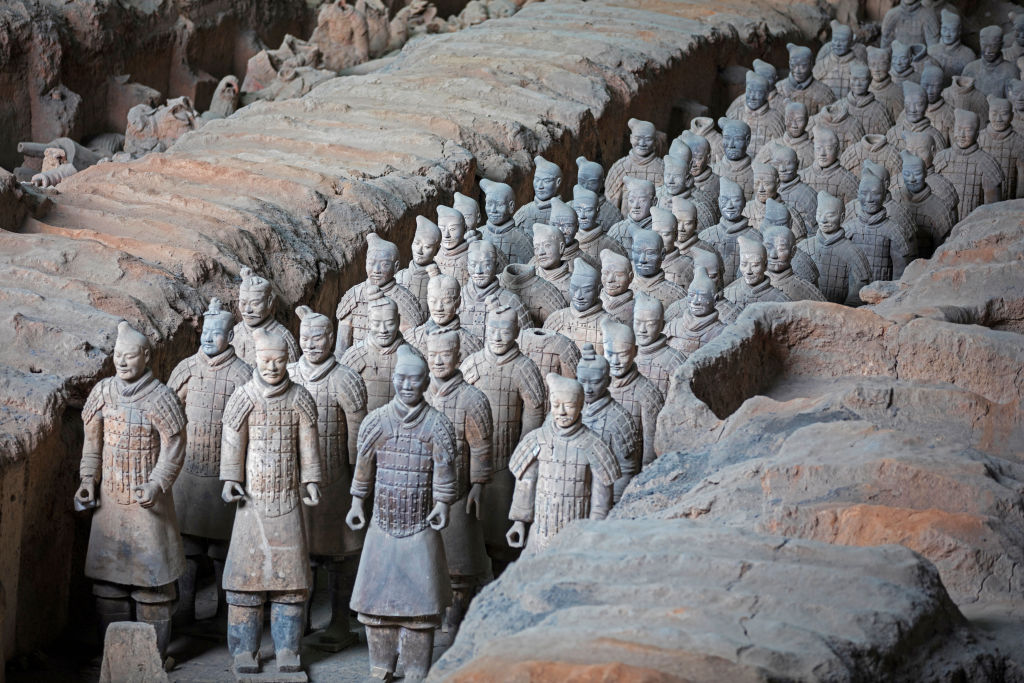Weifang snakes
Dragons, carps and phoenixes

A ghost kite flies at the kite festival in Weifang, China. 2005/Alamy
Of the hundred kites flying in the sky today, eighty-five are made in the Chinese city of Weifang. The Chinese believe that it was in Weifang that this form of entertainment, now popular all over the world, was first invented. Since 1985, the city has been the venue for a global kite festival, and the primary companies that produce these airborne wonders are also headquartered here.
The first written record of kites dates back to the second century BCE. Subsequently, they were often used by the Chinese military as a signalling tool, and they partially replaced battle flags. Still later, some foreigners started calling them snakes, noting that these aircraft structures have ‘the head and paws of a snake’. For the Chinese, however, kites have always been, and remain to this day, dragons, of course.
Further down the timeline, scientists started to use kites for all sorts of observations of atmospheric phenomena. A classic example here, of course, is Benjamin Franklin, who lured lightning bolts to a copper key tied to a kite. Moreover, certain individuals in ancient China possessed the skill of flying large kites. This technique of descent and ascent was occasionally employed, such as by monks residing in mountain monasteries. But at the beginning of the XX century CE, some Europeans created substantial working structures that made it possible to lift scouts and artillery fire spotters into the air, and kites were actively used in this manner during the First World War.
The classical forms of Chinese kites are extremely diverse, and include simple, flat rhombuses—the most popular around the world these days—and complex box-like structures in the shape of a dragon, phoenix, or carp.

The Weifang International Kite Festival takes place in Weifang, Shandong, China. 17 April 2021/Alamy
Although Weifang kites are considered the most perfect and authentic ones in China, it is not entirely accurate to categorize Weifang production as a traditional craft because there are no strict rules on this production, and all the manufacturers boldly experiment with both technologies and materials. And this appears to be paying off—the controllability, complexity, design, and maneuverability of the kites today are many times greater than the capabilities of the kites of antiquity. Only a few handicraft workshops still produce kites using classical methods: without using the latest materials and sticking strictly to paper, fabric, and wood.





